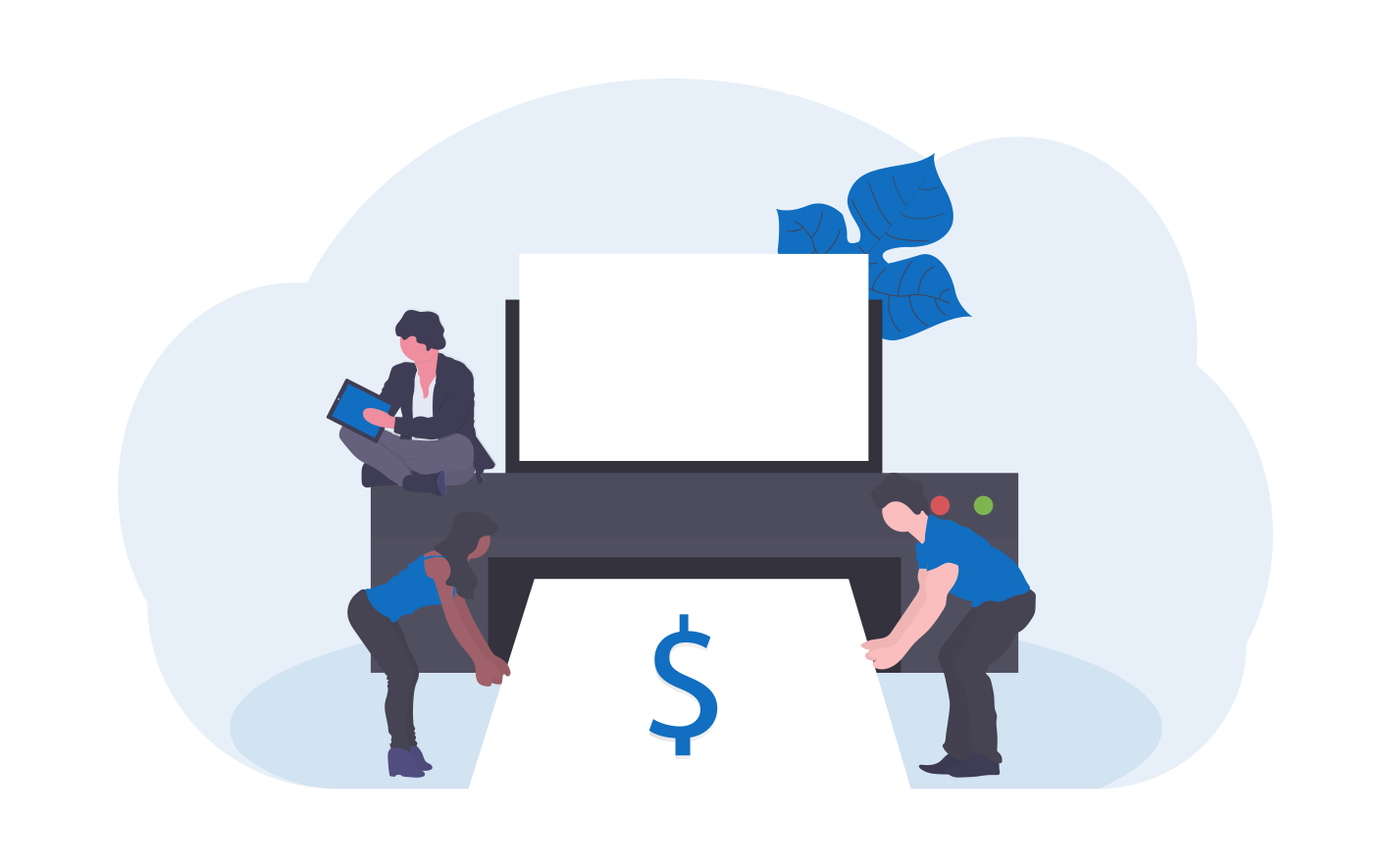Investing in multifamily properties, such as apartment complexes, can be one of the most lucrative real estate strategies. However, navigating the process can be overwhelming for beginners. This guide will take you through the steps of finding, analyzing, financing, closing, and managing multifamily deals, giving you practical tips and real-world examples along the way.
Step 1: Finding Multifamily Deals

Finding the right property is the first step in your investment journey. Remember, “the more hands you shake, the more money you make.” Networking, building relationships, and using multiple deal-finding strategies will increase your chances of success.
On-Market Deals
Start by looking at on-market deals through websites like:
- LoopNet
- CoStar
- Realtor.com
- Zillow
These platforms list multifamily properties available for sale. Keep in mind, however, that on-market deals can be highly competitive, especially in hot markets.
Off-Market Deals
Off-market deals are where the real opportunities often lie. These are properties not yet listed for sale but can be bought directly from the seller. How do you find them?
- Direct to Seller Marketing: Use direct mail, cold calling, and even door-knocking to reach property owners before they list their properties.
- Leverage Brokers: Building relationships with brokers can give you early access to pre-market deals. A broker who knows you’re serious about buying will likely show you deals before they hit the market.
Example:
John, an investor in New Hampshire, found his first 12-unit apartment complex by mailing letters to multifamily property owners in his target area. One owner was interested in selling, and after negotiating directly, John closed the deal without any competition.
Step 2: Analyzing Multifamily Deals
Analyzing deals can be intimidating, but it doesn’t have to be. Breaking down the numbers is the key to understanding whether a deal is worth pursuing.

Key Metrics for Analyzing Deals
- Net Operating Income (NOI):
- Formula: Gross Income – Economic Loss (Vacancy, Loss to Lease, Bad Debt, Concessions) + Other Income = Effective Gross Income (EGI)
- Then: EGI – Expenses = NOI
- NOI represents the property’s profitability before accounting for financing costs.
- Value of the Property:
- Formula: NOI ÷ Cap Rate = Value
- The cap rate reflects the market’s perception of risk for the property type in that specific location. The lower the cap rate, the higher the perceived value of the property.
- Cash Flow:
- Formula: NOI – Debt = Cash Flow
- After covering all your expenses and debt service, what’s left is your cash flow.
- Internal Rate of Return (IRR):
- Target Range: 14-20%
- IRR represents the overall annualized return on your investment over time, taking into account cash flow and property appreciation.
- Cash on Cash Return:
- Target Range: 6-10%
- This metric tells you the return on the actual cash invested into the property.
- Equity Multiple:
- Target: 1.8 – 2.0+
- This measures how much your equity is expected to multiply over the investment period. For example, a 2.0 equity multiple means you’re aiming to double your money.
Example:
Samantha, a real estate investor, was evaluating a 24-unit apartment building. After calculating the NOI and dividing it by the local cap rate of 6%, she found the property was valued at $1.5 million. The deal had an IRR of 16%, a cash-on-cash return of 8%, and an equity multiple of 1.9. Based on these metrics, Samantha moved forward with the purchase.
Step 3: Financing Your Multifamily Deal
Financing multifamily properties typically involves three key elements: deal, debt, and equity.

Raising Money
If you’ve found a good deal, the deal itself will often attract money. Investors are more than willing to back a property that promises strong returns. You can raise money by:
- Private Lenders
- Hard Money Loans
- Partnerships
Securing Debt
Lenders will look at the property’s cash flow and value. Some common types of financing include:
- Conventional Loans
- Commercial Mortgages
- Agency Loans (Fannie Mae, Freddie Mac)
- Bridge Loans
Example:
Michael found a 36-unit property with a strong NOI but needed $300,000 to cover the down payment and closing costs. He partnered with two investors who provided the funds in exchange for a share of the property’s profits. The bank financed the rest with a 75% loan-to-value (LTV) commercial mortgage.
Step 4: Closing the Deal
Once your financing is in place, it’s time to close the deal. This stage involves several key tasks:
- Inspections: Hire a professional to inspect the property thoroughly. Look for any potential issues that could lead to costly repairs.
- Legal: Work with a real estate attorney to handle contracts, title searches, and other legal requirements.
- Finalizing Financing: Ensure your lender approves all the terms of the loan.
- Renovations (if necessary): Plan for any upgrades or repairs needed to increase the property’s value.
Example:
After months of negotiation and due diligence, Jason closed on a 20-unit building. He hired a property inspector who discovered minor plumbing issues. Factoring this into his negotiation, he secured a $15,000 concession from the seller to cover the repairs post-closing.
Step 5: Managing the Property
Management is crucial to ensuring the long-term profitability of your multifamily property. You have two main options: self-manage or hire a property manager.
Self-Manage
If you want to save on management fees and prefer hands-on involvement, self-managing can be a great option. However, it requires time, effort, and knowledge of tenant laws and property upkeep.
Property Manager
If you prefer a more passive approach, hiring a property management company can help you handle everything from rent collection to maintenance requests. The downside is that management fees typically range from 8-12% of your property’s gross income.
Example:
Karen purchased a 48-unit apartment complex and hired a property management company to oversee operations. By doing so, she freed up her time to focus on acquiring additional properties while still receiving passive income from the complex.
Final Thoughts
Buying multifamily properties can seem daunting at first, but by following these steps, you’ll be on your way to successfully finding, analyzing, financing, closing, and managing your investments. The key is preparation and understanding the numbers. When you have the right knowledge and a good deal, success will follow.

